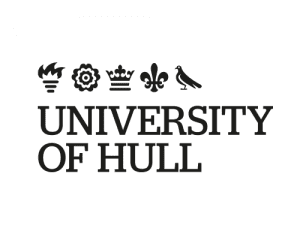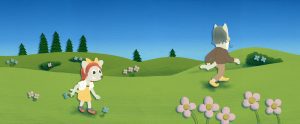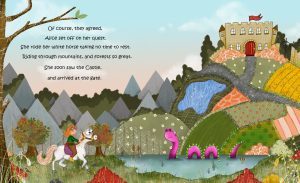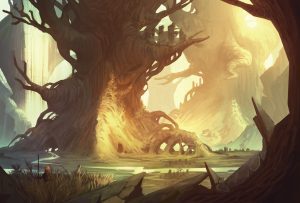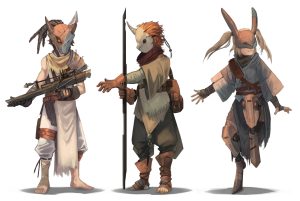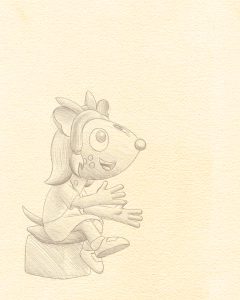This course includes the following core modules that all students complete:
Year one (level 4):
- Drawing Fundamentals (20 credits)
- Digital Illustration Fundamentals (20 credits)
- History of Art & Design (20 credits)
- Drawing & Concept Art (20 credits)
- Digital Illustration & Design (20 credits)
- History of Illustration: Theory & Practice (20 credits)
All these areas can be developed during year two through specialist projects, commercial live projects, and competitions.
Year two (level 5):
- Professional Practice Report (20 credits)
- Professional Practice Project (20 credits)
- Work Based Learning 1: Live Commercial Brief (20 credits)
- Work Based Learning 2: Self-Initiated Brief (20 credits)
- Specialist Studio Project (40 credits)
Occasional changes to modules and course content may take place. Students will be notified when applicable.
Teaching and Assessment Methods
The primary way of delivering this course is on campus.
On campus, teaching includes a combination of lectures, small group seminars, workshops, guest lectures, and one-to-one discussions with your tutor.
Students will receive 15 hours of teaching per week throughout this course. Additional one-to-one meetings with tutors will provide further support and allows a perfect opportunity to review and reflect.
Throughout the two-year course, there are a variety of assessment methods:
- Design Books: project development & reflective evaluations
- Traditional portfolio of work
- Digital portfolios of work
- Presentations
- Reports and essays
- End of Year Shows
One of the following:
• 80 UCAS Tariff Points- from at least 2 GCE A Levels or BTEC National qualifications or a Foundation Diploma
• Access to HE Diploma in an art related programme with at least 45 credits at Level 3
We welcome applications from people of any age who might not meet the standard entry criteria, but we would expect to see evidence of continuing academic and/or professional development and a capacity to pursue the course successfully.
If your application is successful, you may be invited to attend an interview with a portfolio of design related work to demonstrate your ability and suitability for the course.
Year one (level 4):
This first year is very much about acquisition of both skills and knowledge relating to Illustration & Concept Art, beginning with exercises gaining in complexity, then advancing to problem solving and creative projects, whilst applying acquired skills and knowledge to inform student work as the modules advance. At the same time students refining their skillset with the use of media, whether traditional or digital. There are also two written pieces of work for both History of Art & Design and History of Illustration: Theory & Practice modules. However, both have a creative assignment attached to them, so that students can use what they have learnt from their theoretical research and writing to inform their practical project work.
Year two (level 5):
Year two concentrates on the application of skills and the development of creativity from year one. All year two work can be aligned to a particular area of interest and aligned to a student’s choice of specialist pathway, such as:
- Creature, character, and environment design for film/games/TV
- Children’s book illustration, both fiction and non-fiction
- Art for animation
- Publishing, advertising, and editorial illustration
To assist with students’ individual choice of specialism, they use the knowledge they acquired when carrying out their first module of the second year alongside a report investigating the industry they are aiming to work in when they graduate. To assist with this decision students also reflect upon their current skillset and interests, all of which is supported with tutor guidance. However, a student may wish to take a more general approach in their second year of study, which will form part of their conclusion in their industry report, prior to focusing on their specialism in the top-up (honours) year. All students have the opportunity to work on live and simulated industry projects, enter national and international competitions, and exhibit at a final show.
If you wish to continue studying beyond this course, it will provide you with a strong academic basis to do so. Upon successful completion, graduates will have the necessary entry requirements for the BA (Hons) Illustration & Concept Art Top-Up course.
